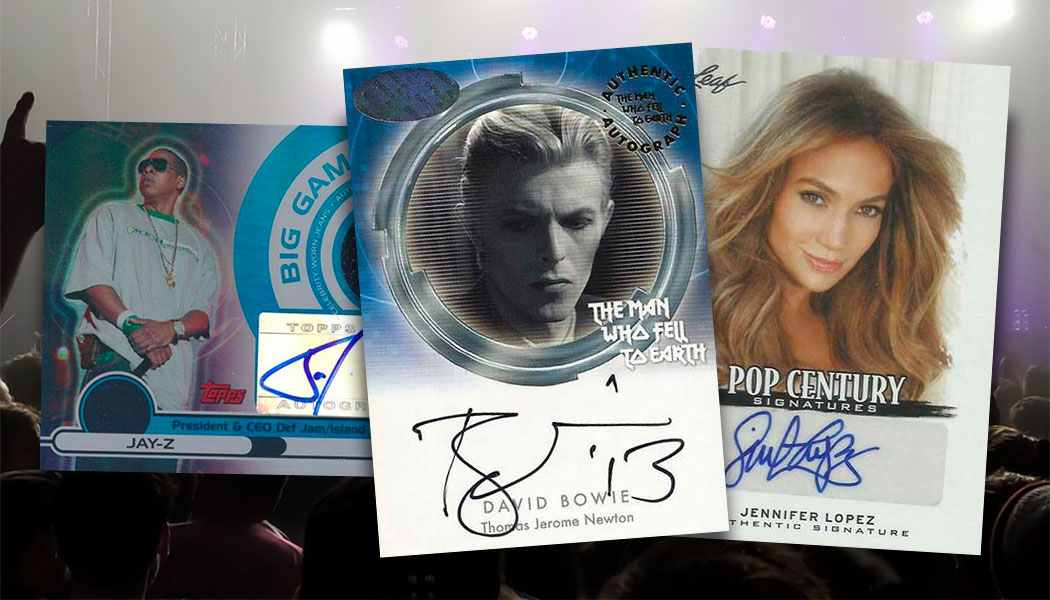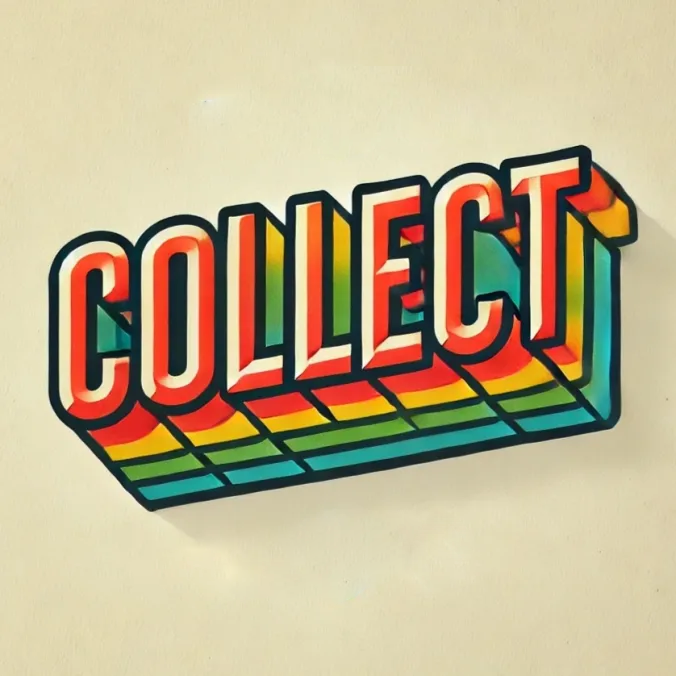While sports cards often dominate the trading card landscape, a vibrant and growing niche exists within non-sports trading cards. From classic TV shows and blockbuster movies to pop culture icons, non-sports cards capture the essence of entertainment and nostalgia in a way that resonates deeply with collectors.
This guide will explore the unique world of non-sports trading cards, offering insights into how to build a collection that not only satisfies your passion for pop culture but also holds significant value.
The Origins of Non-Sports Trading Cards: A Brief History
The history of non-sports trading cards is as rich and varied as the cultural moments they capture. Unlike sports cards, which primarily focus on athletes and their achievements, non-sports cards span a wide range of topics, from entertainment and art to politics and history.
The journey of non-sports trading cards began in the late 19th century, evolving through various phases to become a beloved niche in the broader world of collectibles.
Non-sports trading cards made their debut in the late 1800s, often as promotional tools included with everyday consumer products. The earliest examples were typically issued by tobacco companies, who sought to increase sales by including collectible cards in cigarette packs. These cards featured a wide array of subjects, including actresses, famous landmarks, animals, and even historical figures.
One of the most famous early non-sports card sets was the “Allen & Ginter” series, produced in the 1880s. These cards featured lithographed images of popular culture figures of the time, such as actresses and athletes, but also included subjects like Native American chiefs, flowers, and birds.

These early cards were small, colorful, and often featured detailed illustrations, making them popular among collectors.
The 1930s through the 1950s is often considered the golden age of non-sports trading cards. During this period, the popularity of these cards surged, driven by advances in printing technology and the rise of radio, film, and eventually television as dominant forms of entertainment.
One of the most iconic non-sports card sets from this era is the “Horrors of War” series, produced by Gum, Inc. in 1938. This set vividly depicted scenes from global conflicts, particularly the Spanish Civil War, and was notable for its graphic imagery and educational content.
Despite (or perhaps because of) its controversial nature, the “Horrors of War” set became immensely popular and is still highly sought after by collectors today.
The 1940s and 1950s saw a shift towards entertainment-themed cards, reflecting the growing influence of Hollywood and television. Sets like the 1940 “Superman” series, which was the first card set dedicated to a comic book superhero, captured the imagination of young collectors.
Meanwhile, the 1950 “Hopalong Cassidy” cards capitalized on the popularity of the Western television series of the same name, marking one of the first major cross-promotional successes between television and trading cards.
The post-World War II era brought significant changes to the entertainment industry, with television becoming a central part of American culture.
This shift had a profound impact on the non-sports trading card market, as card manufacturers began to produce sets that reflected the nation’s burgeoning fascination with TV shows and movies.
In the 1950s and 1960s, Topps emerged as a major player in the trading card industry, producing some of the most memorable non-sports card sets of the time.

The 1956 “Davy Crockett” set, for instance, capitalized on the immense popularity of the Walt Disney television series about the legendary frontiersman. Another notable set was the 1962 “Mars Attacks” series, which combined science fiction themes with lurid, pulp-style artwork.
Although controversial due to its graphic content, “Mars Attacks” became a cult classic and remains one of the most iconic non-sports card sets ever produced.
The 1960s also saw the birth of one of the most enduring non-sports card series: the “Batman” cards, which were released by Topps in conjunction with the 1966 Batman television show.
These cards featured colorful depictions of the Caped Crusader and his rogues’ gallery, and they became a massive hit among both young viewers and collectors.
The 1980s and 1990s marked a period of diversification and innovation in the non-sports trading card market.
This era saw the introduction of new printing technologies that allowed for more elaborate and visually striking cards. Holograms, foil stamping, and die-cut cards became popular, adding a new level of collectibility to non-sports cards.
During the 1980s, the popularity of blockbuster movies and television shows led to an explosion of licensed trading card sets. The 1983 “Return of the Jedi” card set by Topps, for example, was a massive hit, following the success of the earlier “Star Wars” and “The Empire Strikes Back” sets.
Other notable sets from this period include the 1985 “Garbage Pail Kids,” which combined humor with gross-out art, and became a cultural phenomenon in its own right.

The 1990s saw the rise of the comic book industry as a major influence on non-sports cards.
Marvel and DC Comics both released multiple trading card sets, featuring their iconic characters in various artistic styles. The 1992 Marvel Masterpieces set, for example, showcased the work of renowned comic book artists and is still highly regarded among collectors today.
In recent years, non-sports trading cards have continued to evolve, embracing digital technologies and expanding into new genres.
The rise of pop culture conventions and the increasing popularity of geek culture have also contributed to a renewed interest in non-sports cards.
Today, collectors can find cards for virtually every interest, from classic movies and TV shows to contemporary video games and anime.
Key Categories in Non-Sports Trading Cards
Understanding the different categories within non-sports trading cards is essential for any collector. Here are some of the most popular:
- Movie Cards: These cards typically feature scenes, characters, and promotional material from popular films. Iconic sets include the 1977 Topps Star Wars series, which is highly sought after by collectors today.
- TV Show Cards: TV series like “The X-Files,” “Buffy the Vampire Slayer,” and “Game of Thrones” have all spawned successful trading card sets. These often include rare inserts such as autographs or costume pieces worn by the actors.
- Pop Culture Cards: These cards celebrate broader cultural icons, from musicians to comic book characters. For example, Marvel and DC Comics trading cards are incredibly popular, especially those featuring original artwork or special edition prints.
- Art and Fantasy Cards: Featuring works from well-known fantasy artists like Frank Frazetta or Boris Vallejo, these cards appeal to both art lovers and collectors.
Understanding Value in Non-Sports Cards
Not all non-sports cards are created equal, and understanding what drives value in this market is crucial for any serious collector. Here are some factors to consider:
- Rarity: Just like in sports cards, rarity is a significant factor in the value of non-sports cards. Limited edition sets, special inserts, or cards with low print runs are often more valuable.
- Condition: The condition of a card is critical in determining its value. Cards that have been well-preserved, with sharp corners, vibrant colors, and minimal wear, will fetch higher prices.
- Autographs and Memorabilia: Cards that include autographs or pieces of memorabilia (like costume swatches) from movies or TV shows can significantly increase the value of a set.
- Cultural Significance: Cards tied to iconic moments in pop culture or featuring beloved characters tend to hold their value well over time. For example, early Star Wars cards or the first appearance of a popular comic book character can be particularly valuable.

Building and Maintaining Your Collection
When starting a collection of non-sports trading cards, it’s essential to focus on areas that resonate with your interests. Here’s how to get started:
- Start with a Theme: Whether it’s a specific movie franchise, TV series, or a broader theme like superheroes, starting with a focused theme can help you build a coherent and meaningful collection.
- Research and Networking: Join online forums, attend conventions, and connect with other collectors. These communities are valuable resources for finding rare cards and staying informed about market trends.
- Preservation: Proper storage is essential to maintaining the value of your cards. Use protective sleeves, store them in a cool, dry place, and consider grading valuable cards to preserve their condition.
- Stay Informed: The world of non-sports cards is constantly evolving, with new sets being released regularly. Keeping up with new releases and understanding market dynamics will help you make informed decisions about your collection.

Where to Buy Non-Sports Trading Cards
Knowing where to buy non-sports trading cards is crucial for expanding your collection. Here are some popular sources:
- Online Marketplaces: Sites like eBay and specialized trading card platforms offer a wide range of cards, but be sure to check seller ratings and reviews before purchasing.
- Card Shops and Conventions: Local card shops and conventions are excellent places to find rare cards and network with other collectors.
- Auction Houses: For high-value cards, auction houses like Heritage Auctions or Goldin Auctions often handle rare and valuable non-sports cards.
- Direct from the Manufacturer: Some manufacturers sell directly to consumers, offering the latest sets and exclusive products.
Collecting non-sports trading cards offers a unique way to engage with the pop culture that has shaped our lives. Whether you’re a fan of a specific movie franchise, TV show, or simply enjoy the art and history behind these cards, there’s a wealth of opportunity in this niche market.
By focusing on themes that resonate with you, staying informed about the market, and preserving your collection, you can build a non-sports trading card collection that is both personally meaningful and potentially valuable.
Happy collecting!




